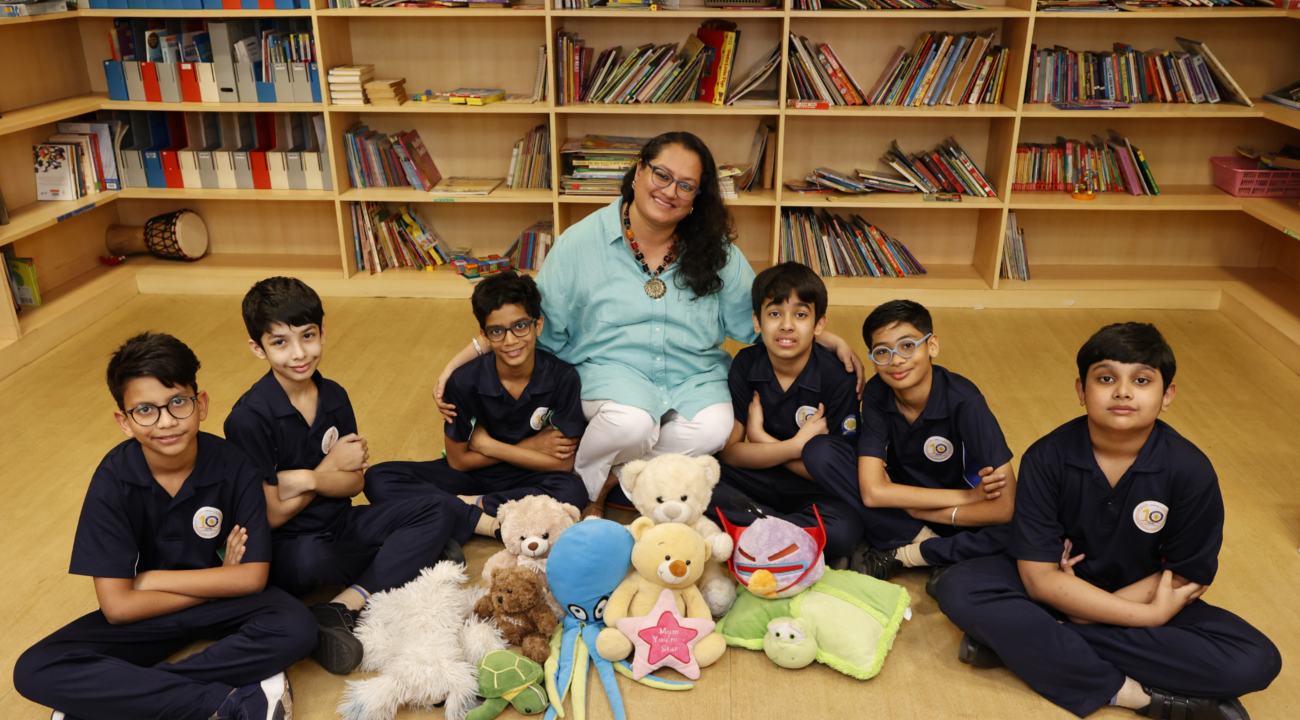

Special education is undergoing rapid transformation driven by new technologies, innovative teaching strategies, and evolving education policies. For schools like TABIS, this means creating learning environments where every child can thrive academically, socially, and emotionally. Advanced tools such as artificial intelligence, virtual and augmented reality, and assistive devices enable personalized and inclusive education by adapting to each student’s unique needs and learning styles. These technologies improve communication and engagement through features like speech-generating devices and interactive multimedia, while data-driven approaches help educators tailor instruction effectively. Alongside these technological advances, modern teaching methods focus more on social-emotional learning and collaboration between students, teachers, and families, fostering a supportive community. Collectively, these changes are reshaping special education to be more equitable, flexible, and effective, ensuring that all students, regardless of their abilities, have the opportunity to reach their full potential in an inclusive and nurturing environment.
Modern special education goes beyond basic support. It aims to create learning experiences where all students can participate equally. The Universal Design for Learning (UDL) framework is important. It makes lessons flexible and accessible for everyone, regardless of their abilities.
UDL ensures that teaching methods, materials, and assessments fit various learning styles. In special education ecosystem, it means:
The National Education Policy (NEP) 2020 emphasizes inclusive and fair education. For special education, this means:
TABIS, one of the prominent special schools in Mumbai has embraced NEP 2020, blending policy with practical classroom innovations. This creates environments where technology supports personalized learning.
Technology offers many ways to assist special learners. Some notable tools include:
These technologies collectively foster an inclusive and supportive learning environment, empowering special learners to reach their full potential.
Advanced tools are vital, but their true value is in breaking down learning barriers. Visual timers help students understand time concepts. Reading software changes font, spacing, and contrast to fit individual needs.
Progressive special education schools in Mumbai, like TABIS, use UDL and NEP strategies.
Teachers are now facilitators, coaches, and technology guides. At TABIS, educators receive ongoing training in:
Technology is changing. In the future, it will provide more personalized and engaging ways to help learners. AI, predictive analytics, and wearables will help teachers identify needs. They can adjust lessons in a short amount of time.
Advancements in special education are changing classrooms. Now, they are inclusive hubs for creativity and growth. Using UDL principles and NEP-aligned strategies, TABIS helps all learners succeed. They also integrate modern tools to support this goal. TABIS dedicates itself to transforming learning in Mumbai. We aim to make it joyful and accessible for everyone.